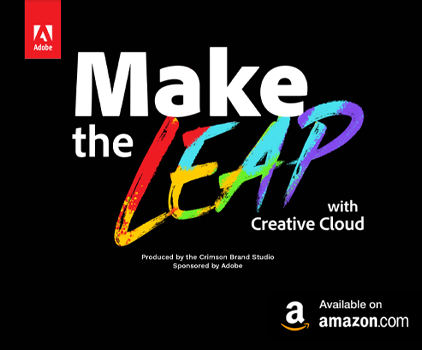There are many factors that need to be taken into consideration when overseeing a programming team. You need to make sure that there is sufficient policy documentation to govern the practices that they will follow.
This can be even more complicated when your programmers specialize in newer object-oriented programming languages such as Python. The rules that they need to follow can be very complex. The good news is that you can simplify things considerably by implementing a more efficient policy writing process. This can be important if you are teaching your team to create complex projects, which require resources like Go proxy.
There are many skills that you need to be a successful STEM project manager. You probably didn’t think that you would be developing policy documents when you first entered this profession. However, this may be necessary as your team grows.
Policy documents often tend to come across as definitive. This is a problem when it is necessary to leave room for supplementation or reconsideration by partners who also participate in the formulation of policy. This is often caused by the format of the policy document. In it, things seem to be more fixed than other stakeholders would like. They may provide an overly simplified conception of the idea, regardless of how large a ‘concept’ is on each page. You may find even something as seemingly simple as web development is a lot more complicated when you have to break down the process and develop a standardized framework for your developers.
You may need to consider structuring documents about object-oriented programming from the same approach as the code itself. You can think of this as object-oriented policy writing for object-oriented programming management. Is object-oriented writing a way out?
Creating the Right Documents for Object-Oriented Programming Projects
With object-oriented programming – the inspiration for this approach – the data and the objects central to the project. This is in contrast with older programming languages that put all of their emphasis on the algorithm, which previously was the central focus to all computer programmers. With previous programming languages, policy documents focused solely on the steps the program has to take.
Object-oriented programming has turned the approach on its head. Each object is now defined by the programmer, including the actions the program can take with it, as well as the hierarchy in which the objects stand in relation to each other.
Consider, for example, of an object as a text file that was built from objects such as text symbols and images, in addition to the corresponding actions needed to manipulate these objects. These actions typically include reading variables, writing new data to pointers and replacing symbols or images. This is a complicated process for new programmers that don’t have a detailed understanding of object-oriented programming fundamentals.
The power of object-oriented programming lies in its modularity and inheritance of properties of objects. This prevents programming errors earlier, makes the program code easy and efficient to maintain and reuse code. It also allows consistent and easy implementation of new changes and additions. With a careful definition of the objects, their collective ‘behavior’ (the algorithms) seems to follow naturally, just as a flock of birds fly with their own rules of spacing, which determine the behavior of the flock as a whole.
The object-oriented writing of policy documents focuses on the objects of the policy, the policy themes. Instead of the central role which the policy document was given, the parts of the policy, including their interrelationship, now first come into the picture.
Particularly when the policy depends on multiple, collaborating partners, this approach provides the necessary room for input and shared ownership. It quickly becomes clear who wants to take responsibility for what and where input from potential partners is still needed. At the same time, crucial information about, for example, legislation and regulations or about trends around a policy theme is clearly recorded and consistently shared across all policy objects concerned.
The object-oriented approach to policy lends itself pre-eminently to a digital platform to which all those involved have access. A carefully thought-out editorial structure, with ‘writing rights’ for key figures in all collaborating partners, not only ensures a well-filled policy agenda, but also support and commitment from all those involved. Something that is often more difficult to achieve with the instrument of the policy document.










